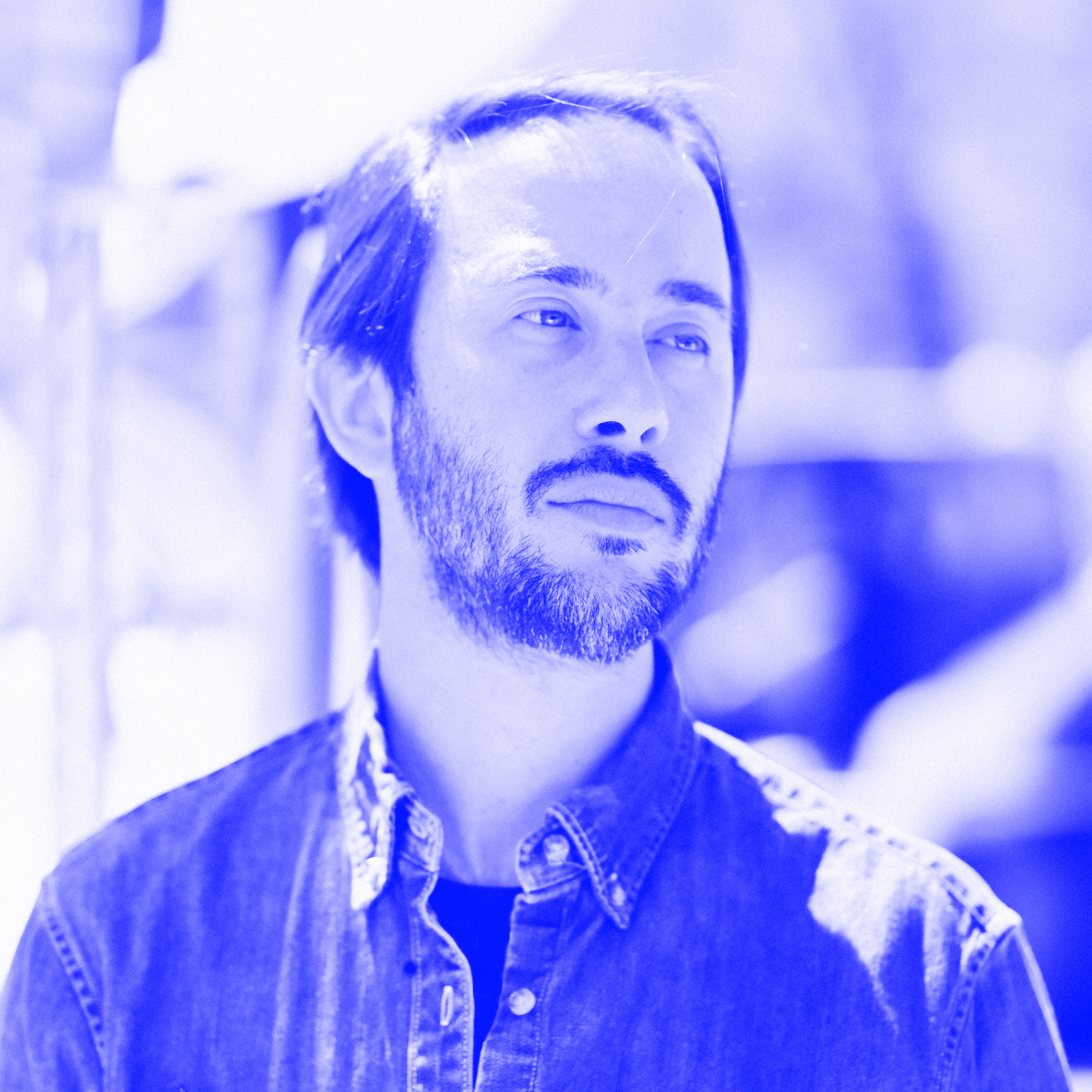Statement
For over two decades, Gustavo Prado's artistic practice has delved into our presence in the world, with a particular focus on the relationships shaped by different conceptions of space and image. Through sculpture, performance, photography, and video, his work primarily explores various dimensions of space—both real and formal—and the complexities embedded in the act of gazing. His inquiries extend beyond art to engage with concepts such as surveillance, appropriation, voyeurism, aggregates, artificial intelligence, narcissism, information overload, privacy, and self-identity.
For over two decades, Gustavo Prado's artistic practice has delved into our presence in the world, with a particular focus on the relationships shaped by different conceptions of space and image. Through sculpture, performance, photography, and video, his work primarily explores various dimensions of space—both real and formal—and the complexities embedded in the act of gazing. His inquiries extend beyond art to engage with concepts such as surveillance, appropriation, voyeurism, aggregates, artificial intelligence, narcissism, information overload, privacy, and self-identity.
Prado employs a diverse range of media, including video, photography, objects, installations, and large-scale interventions. His works integrate technical resources and industrial materials—elements rooted in a modular vocabulary familiar to civil construction and security industries. Mirrors, metallic structures, and motion sensors, for instance, are juxtaposed with phenomenological perspectives and dialogues with Brazil's constructive heritage. This approach enables his art to transcend physical spaces, engaging viewers and their reflections in a dynamic interplay.
In the Perceptible series (2002–2011), Prado centers the phenomenological experience in environments constructed from fluorescent lamps, fabric, metal structures, and motion sensors. These installations invite diverse responses to the interplay between body and space. In Trespass (2009), a video performance, Prado uses a handheld rectangular mirror to reflect intense summer light into the interiors of neighboring apartments. This playful yet subversive act illuminates the thresholds between public and private spaces.
The Measure of Dispersion series (2014–2017) challenges the traditional function of mirrors. By attaching concave and convex mirrors of varying sizes to industrial metal structures, Prado creates "anti-cameras" that resist fixation. These mirrors reflect fragmented bodies, seen from multiple perspectives and uncontrollable angles. Rather than presenting a coherent image, the series disrupts the impulse to project preconceived notions onto what we observe, testing our familiarity with our surroundings and, crucially, ourselves.
Prado's works extend beyond the exhibition space, fostering interactions that reveal his interest in how collective configurations are shaped and "contaminated" while preserving a quiet intimacy in individual experiences. At the heart of his practice is a delicate balance between the communal and the personal, a dialogue that continually invites reflection and discovery.
Click here for more information about the artist, including: solo and group exhibtions, public projects, residencies and awards.
Bio
Gustavo Prado was born in São Paulo (1981), and grew up in Rio de Janeiro. He studied Philosophy (2001) and Industrial Design (2009), but it was at the Escola de Artes Visuais do Parque Lage (RJ, 1998-2002) where much of his training as an artist took place. Among the exhibitions he participated in in Brazil and abroad are Projectiles d'Art Contemporain in Espace Brésil - Funarte, Year of Brazil in France (Paris, France, 2005); Rumos Artes Visuais, at Instituto Itaú Cultural (SP, 2006); New Acquisitions in the Gilberto Chateaubriand Collection, at the Museum of Modern Art of Rio de Janeiro (RJ, 2007) and Bronx Calling: AIM Bronx Museum Biennial (New York, USA, 2017), in addition to the solo exhibitions Colisão Conluio Colisão at Galeria Nara Roesler (SP , 2018) and Assembly at Galerie Richard (New York, USA, 2019). He also participated in residencies such as Further on Air ( Hamptons, USA, 2022), Residency Unlimited (New York, USA, 2020), School of Visual Arts – Sculpture, Installation and New Media Residency (New York, USA, 2015) and Aprofundamento Program at the Parque Lage School of Visual Arts ( Rio de Janeiro, 2010). In 2017, with the work Lamp Beside The Golden Door at the Coachella music festival, held in California (USA), the artist began a series of large-scale works. In 2018, the permanent public installation Trincheiras was opened at Casa Firjan (RJ); in 2022 he was part of the Urban Art group of the Mercosul Biennial with O Morador, and in 2024 he carried out his first project in Asia, installing Gathering Place in the Chinese city of Chongging.
